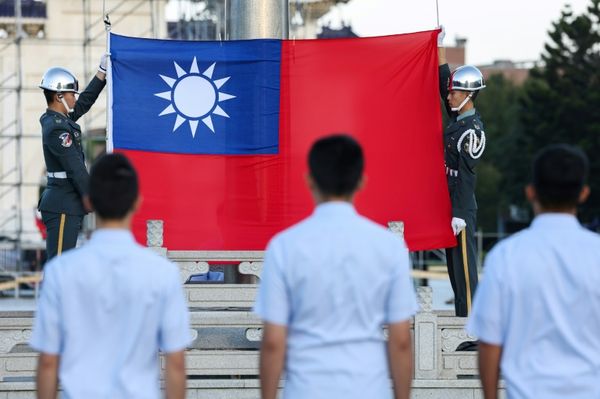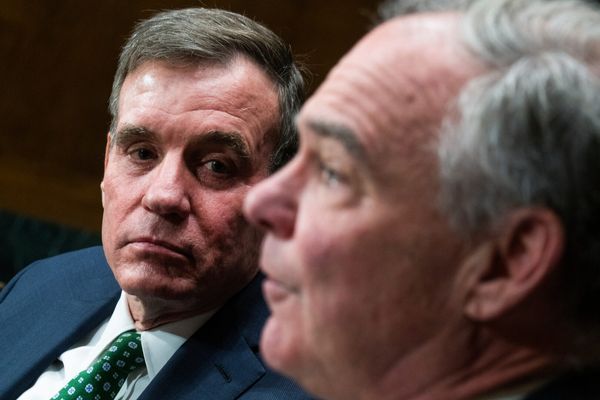
Many voters will be acquainting themselves with a new set of candidates this election, as significant numbers of Aussies have relocated since 2019.
The work-from-home revolution spurred by office shutdowns has enabled thousands of workers otherwise anchored to CBDs to move farther afield. Net migration from capital cities to regional areas has doubled during the pandemic. The past two years were the first since 1981 when Australia’s regional population grew more than the capital cities.
The media is starting to take notice, with some stoking alarm about Greenies moving in next door to Nationals-voting farmers. So, could tree changers really give the bush a leftward push?
Young progressives are moving into older, conservative areas
Research from the University of Melbourne suggests recent internal migrants in Victoria are younger than previous waves. They mostly earn above-average salaries but probably own fewer assets.
This demographic disproportionately skews toward Labor and the Greens at the ballot box. So far so good for their respective campaign teams.
While such voters tend to “bring their politics with them”, experts note that they usually move to communities that already reflect their values — trading, say, Melbourne’s inner north for Byron Bay. Nonetheless, swelling populations in left-leaning regional hubs could impact broader right-leaning country seats.
Evidence also suggests fewer people have been leaving the regions, and those who might otherwise have left are disproportionately young.
But it’s unlikely to swing this election
The most popular relocation spots throughout 2020 and 2021 were the Gold Coast, Sunshine Coast, Geelong, Wollongong and Lake Macquarie.
But contrary to some overhyped coverage, these electorate are either relatively safe Liberal seats (Moncrieff, Fisher) or Labor seats (Corio and Cunningham), or marginal Labor ones (Corangamite and Hunter) — not marginal Liberal seats. As Zoom-calling emigres are disproportionately left-leaning, their enrolment could make Coalition gains a little harder, but they won’t be helping Albanese make the gains he needs.
Furthermore, these demographic shifts aren’t occurring fast enough to have much impact this cycle. Australian Electoral Commission data doesn’t show a significant shift in the age breakdown of people enrolled to vote in marginal electorates on May 21. Indeed, in the marginal seat of Hunter, for instance, the percentage of enrolled voters under 40 has slightly declined.
Labor-aligned pollster Kos Samaras agrees tree changers won’t change much this polling day. “All these stories you read about people moving to, say, Ballarat … Sure, it’s had an impact on property prices,” he says. “But it hasn’t been as dramatic as people think it has [electorally]. Any effects are very localised.”
An under-examined trend he highlights is within-city migration, particularly of young families who might otherwise have lived closer to the CBD seeking not just affordable homes but more spacious ones with home office spaces. Not sea or tree changers, but “Greenfields changers”. This may have an electoral impact, but not for a few years yet, and it’s too soon to see if this change is durable.
And universities, trendy cafes and bars retain their allure for some youth, which has its own electoral implications. As Samaras points out, the traditionally old-money seat of Kooyong now boasts the highest number of voters aged under 24 in Victoria — which could hurt Treasurer Josh Frydenberg’s tight battle against insurgent independent Monique Ryan.
Long term, it could be a thorn in Hanson’s side
While progressive activists shouldn’t pin their hopes to fickle demographic changes, having electorates that are more demographically mixed would be a positive for Australian democracy. We need only look to America to see the governmental dysfunction fostered by geographic polarisation, with the country starkly divided between the old, white, conservative interior and the younger, multicultural, liberal coasts.
If persistent, diversification could also spell bad news for right-wing minor parties like One Nation and the United Australia Party (UAP).
On a recent trip to northern Tasmania, I drove on highways littered with two objects best avoided — native roadkill and yard signs for One Nation and the UAP.
Tasmania swung towards the Coalition in 2019, and nearly 15% of the marginal seat of Lyons supported one of these two populist parties. Pauline Hanson has been campaigning there recently to try to replicate the result. Similar protest votes were registered in regional Queensland seats, where Clive Palmer’s preferences helped keep Morrison in the Lodge.
But 2018 research by the Grattan Institute found growing support for right-wing populist parties outside urban centres is partly driven by shrinking regional populations, which makes locals resentful at being peripheral to the national narrative.
Now, with many regions seeing an influx of new residents, such appeals to “stagnation backlash” may lose their potency. Every local in the marginal seat of Lyons I spoke to, from Uber drivers to pub waiters, spoke about how much the region is growing. One store owner relayed that the local real estate agent is selling a new home every day in Sheffield, a town of fewer than 2000 people. And despite the preponderance of corflutes, recent polling suggests Hanson’s and Palmer’s parties have lost about one-third of their support since 2019.
“These parties are seeking a more diverse cohort this side of the pandemic, particularly younger, outer-suburban voters with ‘status anxiety’ and shit on their liver after lockdowns”, says Samaras. Whether they successfully pivot remains to be seen, but populists struggling to exploit regional resentments might yet prove a silver lining of the Zoom era.







